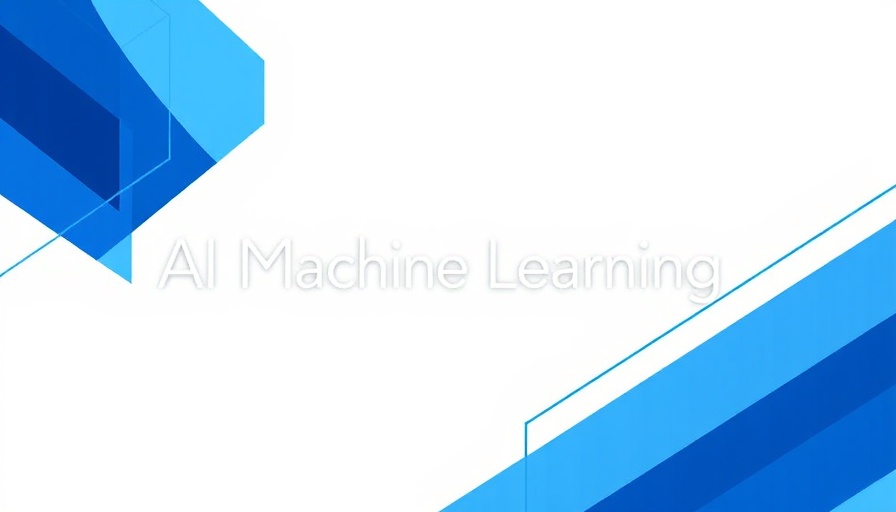
Transforming AI Monitoring: Vertex AI's New Dashboard
In a significant shift for developers working with generative AI models, Google has recently unveiled built-in performance monitoring and alerts specifically for Vertex AI's Model Garden. As applications driven by artificial intelligence and machine learning surge, the demand for seamless oversight of these evolving systems has become indispensable.
Historically, understanding the performance metrics of AI models could be daunting. Previously, users had to navigate complex layers of the Cloud Console to access vital insights regarding usage, latency, and error rates. However, with the new enhancements, these crucial performance indicators are now centralized on Vertex AI’s homepage, available at a glance. This built-in dashboard simplifies the monitoring process, allowing users to effectively track their models without steep learning curves.
Centralized Dashboard: The Key to Effective Monitoring
With the introduction of a dynamic dashboard, users can quickly access an overview of their foundation models right on the Vertex AI homepage. This new feature enables users to monitor important performance metrics seamlessly. For instance, if you are a Site Reliability Engineer (SRE) responsible for a customer service chatbot, you can effortlessly glean insights into potential issues, ensuring high availability and performance stability.
When technical difficulties arise, such as a surge of 429 errors indicative of capacity issues, users are equipped with easy remediation strategies. Solutions include adjusting throughput, changing processing locations, or managing request loads more efficiently. This proactive approach empowers developers to swiftly respond to alerts and optimize their applications, thus enhancing user experience.
Understanding Performance Metrics: A Deeper Dive
The breadth of metrics available on the Vertex AI dashboard encompasses essential areas such as query rates and latency. By clicking 'Show all metrics', users can access a detailed breakdown of these metrics. This degree of visibility allows for more informed decisions, helping organizations anticipate costs, troubleshoot errors, and maintain optimal performance.
Moreover, strategies to predict usage patterns and costs are accessible, thanks to improved analytics provided by Cloud Monitoring. Such insights can be crucial for businesses aiming to formulate a robust AI strategy that includes budgeting for infrastructure needs and resource allocation.
Alerts: Staying Ahead of Potential Issues
Perhaps one of the most empowering features of the Vertex AI dashboard is the ability to configure alerts for predictive assessments of model health. This means that if your chatbot experiences more than 1% of requests returning 429 errors, a notification can be immediately triggered, prompting users to take remedial action. This feature integrates directly with the Cloud Monitoring infrastructure, ensuring that operational hiccups are swiftly addressed, minimizing downtime and enhancing user satisfaction.
The Future of AI Infrastructure: A Look Ahead
The introduction of performance monitoring marks a transformative leap in the management of generative AI applications. As AI technologies continue to proliferate across industries, the demand for user-friendly tools that enhance oversight will only increase. Google’s proactive approach with Vertex AI sets a new standard in AI observability, making it imperative for businesses leveraging such technologies to stay updated with these changes and improvements.
As the tech landscape evolves, companies investing in AI must ensure they can adapt swiftly to changes in performance analytics, optimizing their models for efficiency and effectiveness. With these new tools, particularly monitoring and alerts available right at the model’s homepage, organizations can safeguard their AI applications' integrity, driving their success in a competitive marketplace.
For users looking to leverage the capabilities offered by Vertex AI Model Garden, visiting the 'Model Observability' tab is the first step towards optimizing their generative AI workloads.
 Add Row
Add Row  Add
Add 




Write A Comment